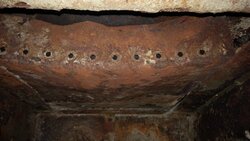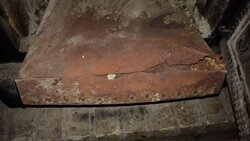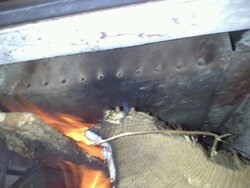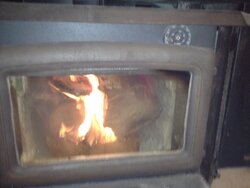I've been heavily using my PE Super Insert since it was installed 6 years ago... I burn pretty much constantly from October-March
When I had my chimney swept this year, the sweep was concerned about my baffle
Does this look like it needs replacing?
Is this common after 5 years of use?
Thanks for the input


When I had my chimney swept this year, the sweep was concerned about my baffle
Does this look like it needs replacing?
Is this common after 5 years of use?
Thanks for the input









